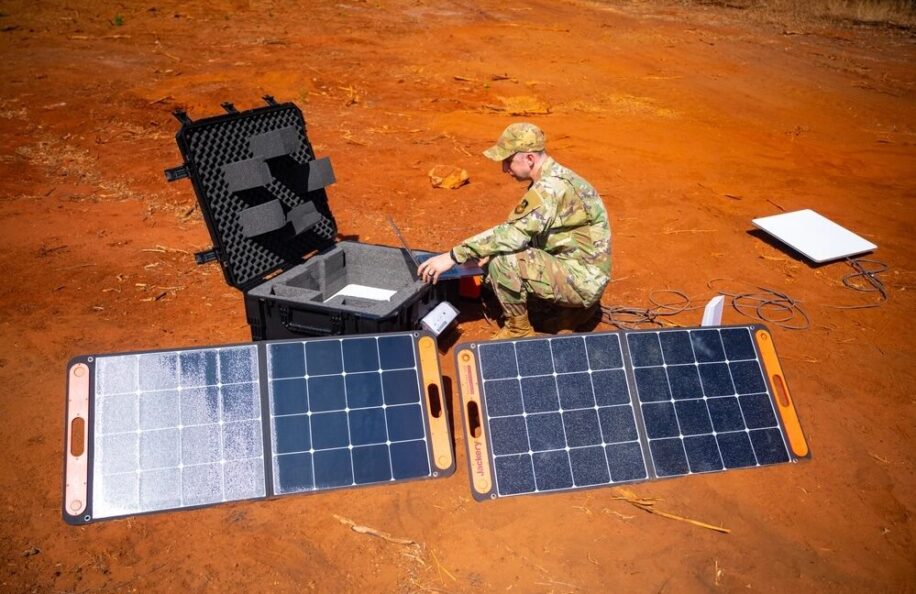Military Satellite Network Raises Questions
In an ambitious move to modernize military capabilities, the U.S. government is developing a new satellite communication network, known as MILNET. This initiative aims to leverage advanced technologies like automation, artificial intelligence, and machine learning to enhance military operations. However, the overarching strategy and its implications remain contentious as key details about cost and operational control continue to emerge.
Technological Advancements
The MILNET network intends to exploit cutting-edge technology for rapid targeting and striking capabilities against various enemy vehicles — including trucks, tanks, and aircraft. A central focus is the ability to utilize 3D fusion technology which, according to military strategist Davis, allows for increased operational independence of the network. He states, “If I’m on the edge doing 3D fusion, I’m less dependent on the ground and I can get around the globe with my mesh network.” This infrastructure promises inherent resilience, making it more resistant to potential attacks on ground communication links.
Financial Implications
Despite the optimistic outlook, the cost of MILNET remains undisclosed, raising questions about fiscal responsibility and transparency. The Space Development Agency (SDA) has already invested over $5.6 billion in contracts for approximately 340 data relay satellites as part of its Tranche 1 and 2 initiatives. Dividing the total cost by the number of satellites suggests an estimated $16 million per spacecraft, significantly higher than the per-unit costs for SpaceX’s Starlink satellites.
SpaceX’s involvement has sparked discussions about the operational framework going forward. Historically, the company has demonstrated a preference for managing its satellites autonomously; however, the SDA’s operational model is rooted in government-run control centers. Notably, the SDA opted for a diverse set of contractors, including L3Harris, Lockheed Martin, and Northrop Grumman, among others, to fulfill the satellite requirements for missile tracking and data transport.
Controversies and Concerns
The potential integration of commercially operated satellites into the military’s kill chain — the sequence of identifying threats, making targeting decisions, and carrying out military action — is raising eyebrows among former defense officials and lawmakers. These concerns highlight the risks of relying on private entities for national security functions, particularly in light of the unpredictable nature of modern warfare.
One notable reluctance came from RTX, formerly known as Raytheon, which withdrew from a contract upon realizing it could not achieve profitability within the MILNET framework. This decision underscores the complexities and difficulties that may arise in balancing corporate viability with national defense needs.
Seeking Clarity
As more details regarding the operational structure of MILNET emerge, clarity on how SpaceX and other contractors will navigate the balance between private operations and governmental oversight remains essential. The lack of competition for SDA contracts by SpaceX for the next batches of satellites has raised questions about the feasibility of future collaborations.
Conclusion: An Evolving Landscape
The development of MILNET represents a significant shift in military strategy, focusing on the integration of advanced technologies with satellite networks. However, the uncertainties surrounding its cost, operational control, and strategic partnerships underscore the complexities of modern military procurement in an era defined by rapid technological advancement. As the landscape evolves, stakeholders will need to engage in careful deliberation to ensure that national security objectives are met without compromising the principles of accountability and efficiency. The implications of these decisions may shape the future of military operations for years to come.









